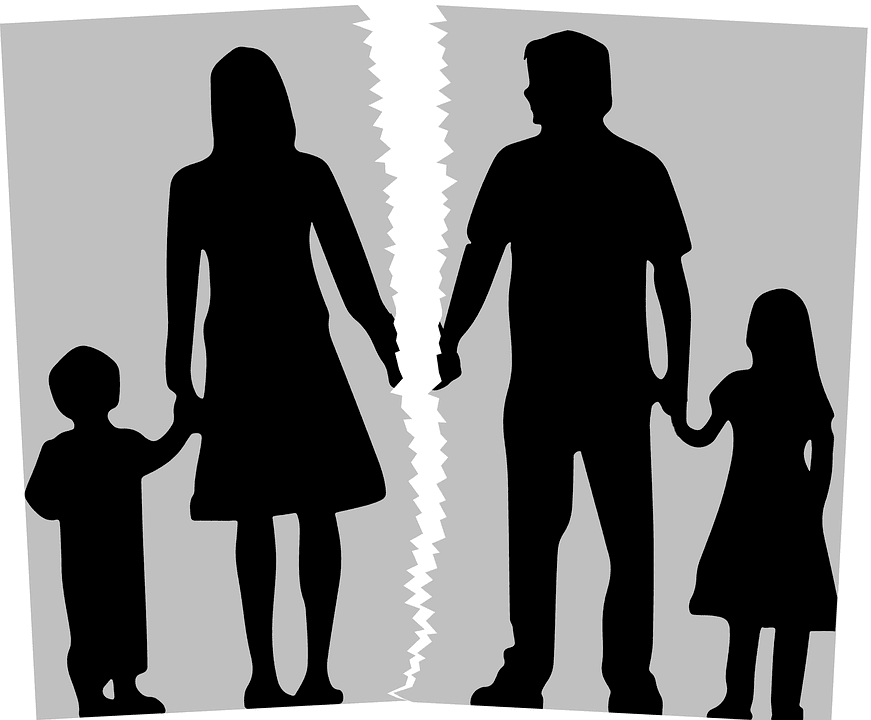In the majority of the situations, people believe the decision to file a divorce is unilateral. It is not a fact. There are situations where both parties are willing to end the marriage mutually, and they opt-in for a collaborative divorce.
When two people can’t co-habit together within a marriage, getting separated is the best option. It is where couples head before a divorce. Simply put, divorce is a complex process, financially as well as legally. Couples might make irreversible mistakes. Also, when couples have children, it is essential to consider child custody issues as well. Not every time can a couple reach a peaceful solution. And in such a situation, it becomes necessary to seek legal assistance.
The family court or family law covers divorce and all other nuances that come under it. Hence, it makes sense to get in touch with an expert family law attorney to address and resolve your divorce case. To learn more about this, check here.
Also, there are a few alternatives to divorces that your family law attorney can guide you through. Three such options are:
- Mediation
In divorce mediation, the concerned couple works in close association with a neutral mediator. This mediator helps them to arrive at a mutual agreement considering all the divorce aspects. The mediator might or might not be a lawyer. But this person has in-depth know-how and understanding of family law and divorce cases. And the mediator must maintain a neutral stance while dealing with the couple. It is also best if both parties have their separate lawyers. That way, the case proceeds is an organized way, and couples can reach the best solution.
- Collaborative divorce

Sign with legal symbol for “section” torn in two, man holding one half, woman holding the other; image by Geralt, via Pixabay.com.
It happens when the concerned couple decides to work on their divorce settlement. They don’t have to go to court for the same. During this divorce process as well, parties can appoint their lawyers who are experts in collaborative divorces. The primary responsibility of the attorneys differs from conventional divorce attorneys.
The lawyers here suggest and help their clients in negotiating their settlement agreement. The parties can get in touch with their attorneys and their spouse’s attorneys as well. Usually, a collaborative divorce process comprises other neutral professionals, for instance, a divorce financial planner, who helps the couples sort their financial issues. Sometimes, a therapist is also involved with the process to advise the couples on emotional matters concerned with the divorce proceedings.
- Litigated divorce
It is one of the standard divorce processes, and most couples follow this conventional model. It is essential to note that litigated divorces don’t necessarily end in court. Several litigated divorce cases have an “out of court” settlement.
Lawsuits are also part of a divorce. It is because opposed to the age-old belief that in a divorce, one party is willing, and the other is not. In the majority of the situations, people believe the decision to file a divorce is unilateral. It is not a fact. There are situations where both parties are willing to end the marriage mutually, and they opt-in for a collaborative divorce.
These are some alternatives to divorce that couples can opt-in for. However, it is essential to have an individual family law attorney who can advise you from time to time on the case proceedings.


Join the conversation!